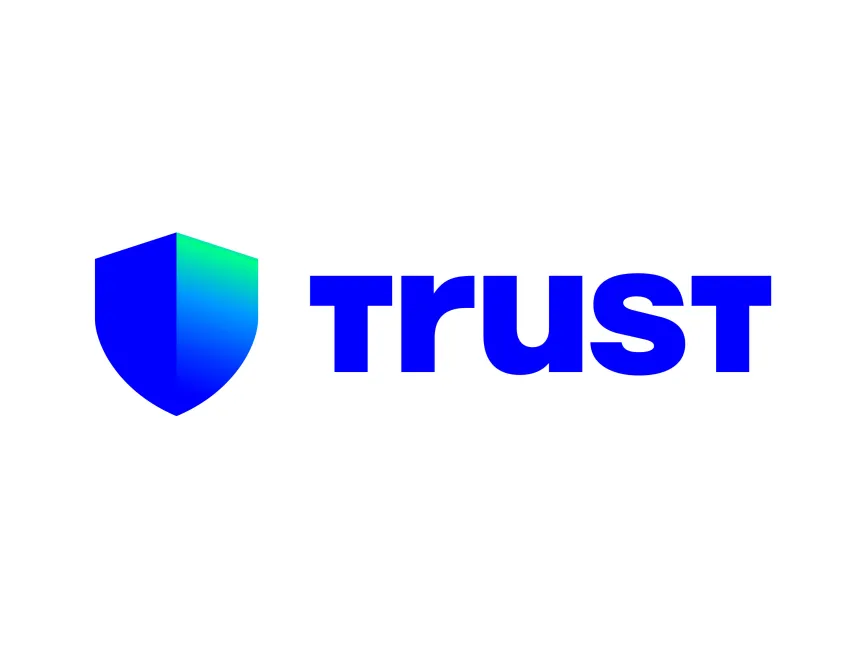- BY Shraddha Dalvi
- POSTED IN Uncategorized
- WITH 0 COMMENTS
- PERMALINK
- STANDARD POST TYPE
Okay, so check this out—mobile wallets for Solana are popping up left and right, but honestly, not all of them feel… reliable. At least, not to me. I mean, you want something fast, secure, and yeah, with Ledger support. That’s a must. Otherwise, what’s the point? My first impression was just pure skepticism. Like, how many wallets can really handle DeFi on Solana without making you want to pull your hair out?
Whoa! Solflare caught my eye a while back, but I brushed it off as just another flashy app. Turns out, that was a mistake. Something about its balance between usability and advanced features really stood out once I gave it a deeper look. It’s not just about sending and receiving tokens—there’s a whole ecosystem vibe going on here, especially for folks who like to dive into Solana DeFi.
Now, I’ll be honest—at first, I thought having Ledger integration on mobile was kinda overkill. Like, aren’t hardware wallets just for desktop? But no, this is where Solflare really shines. It lets you pair your Ledger device seamlessly with your phone, which is huge if you want that extra layer of security without sacrificing mobility. Seriously, this combo is a game-changer.
On one hand, mobile wallets often sacrifice security for convenience. Though actually, Solflare’s approach seems to flip that script. It’s like they built it specifically for users who are kinda parinoid (in a good way) about their assets but still want to jump into the latest Solana DeFi protocols without lugging around a laptop.
Here’s the thing. Navigating Solana’s DeFi landscape on mobile can feel like trying to herd cats. But Solflare smooths out a lot of those wrinkles. The interface is slick but not dumbed down. You get access to staking, swapping, and even NFT management all in one place. That’s not something you see every day.

Ledger Support and Why It Actually Matters
So, I spent a couple of weekends messing around with different wallets, and the ones without Ledger support? Meh, felt sketchy real quick. Especially when the market’s volatile and you’re juggling multiple tokens across apps. That’s why I kept circling back to Solflare. They nailed the hardware wallet integration on mobile with surprising smoothness.
Linking your Ledger device to Solflare on mobile isn’t just a checkbox feature—it’s built into the core experience. You get that hardware-level security (your keys never leave the device) while still having the flexibility to manage your assets on the go. Plus, the wallet handles transaction signing in a way that feels intuitive, not like you’re fumbling through some cryptic command line.
Hmm… I guess what bugs me about some wallets is the half-baked Ledger support that feels like an afterthought. Not Solflare. They clearly understand the importance of trust and user experience here, which is rare.
Initially, I thought mobile meant compromising security. But Solflare proves otherwise. Actually, wait—let me rephrase that: it’s not perfect, but it’s one of the best compromises I’ve seen so far. If you’re serious about managing your Solana assets safely, this wallet deserves a spot on your phone.
Solflare and DeFi: A Decent Match or Overhyped?
Jumping into Solana DeFi can feel like stepping into a wild west saloon. You’re excited, but also kinda wary about what might happen next. Solflare’s mobile wallet gives you a front-row seat without the usual headaches. You can stake SOL, swap tokens, and even participate in liquidity pools without bouncing between apps.
Seriously? Yep. And the user experience is surprisingly polished for a mobile DeFi wallet. Transactions are fast, and the fee estimates feel accurate—something I can’t say about every wallet I’ve tried.
Though, I’ll admit, some of the more complex DeFi maneuvers still require patience and a bit of know-how. Solflare doesn’t dumb down the process—which is both good and bad, depending on your experience level.
One thing I noticed (and this might be personal bias) is how Solflare balances power and simplicity. You’re not overwhelmed with endless options, yet you don’t feel locked out either. It’s a tricky balance, and they pull it off pretty well.
Oh, and by the way, if you want to check it out yourself, you can find everything you need right at the solflare wallet official site. No gimmicks, just a straightforward portal to get started.
Final Thoughts: Is Solflare Your Go-To Mobile Wallet?
So, here’s where I landed. If you’re deep into Solana, juggling DeFi protocols, and wanna stay secure on the fly, Solflare is worth a serious look. It’s got that rare vibe of being both user-friendly and security-conscious, which, frankly, isn’t easy to find.
Something felt off about other wallets that promise big but deliver little. Solflare doesn’t overpromise. It’s practical, polished, and backed by a community that’s genuinely invested in Solana’s future. That’s a huge plus.
But hey, no wallet is perfect. There are moments when the UI feels a tad clunky or when you wish certain features were more streamlined. Still, those are small quibbles compared to the overall experience.
In the end, it’s about your comfort level. If you want Ledger support paired with mobile convenience and a solid gateway into Solana DeFi, this wallet deserves your time. My instinct says it might just become your favorite. At least, that’s been my journey.






